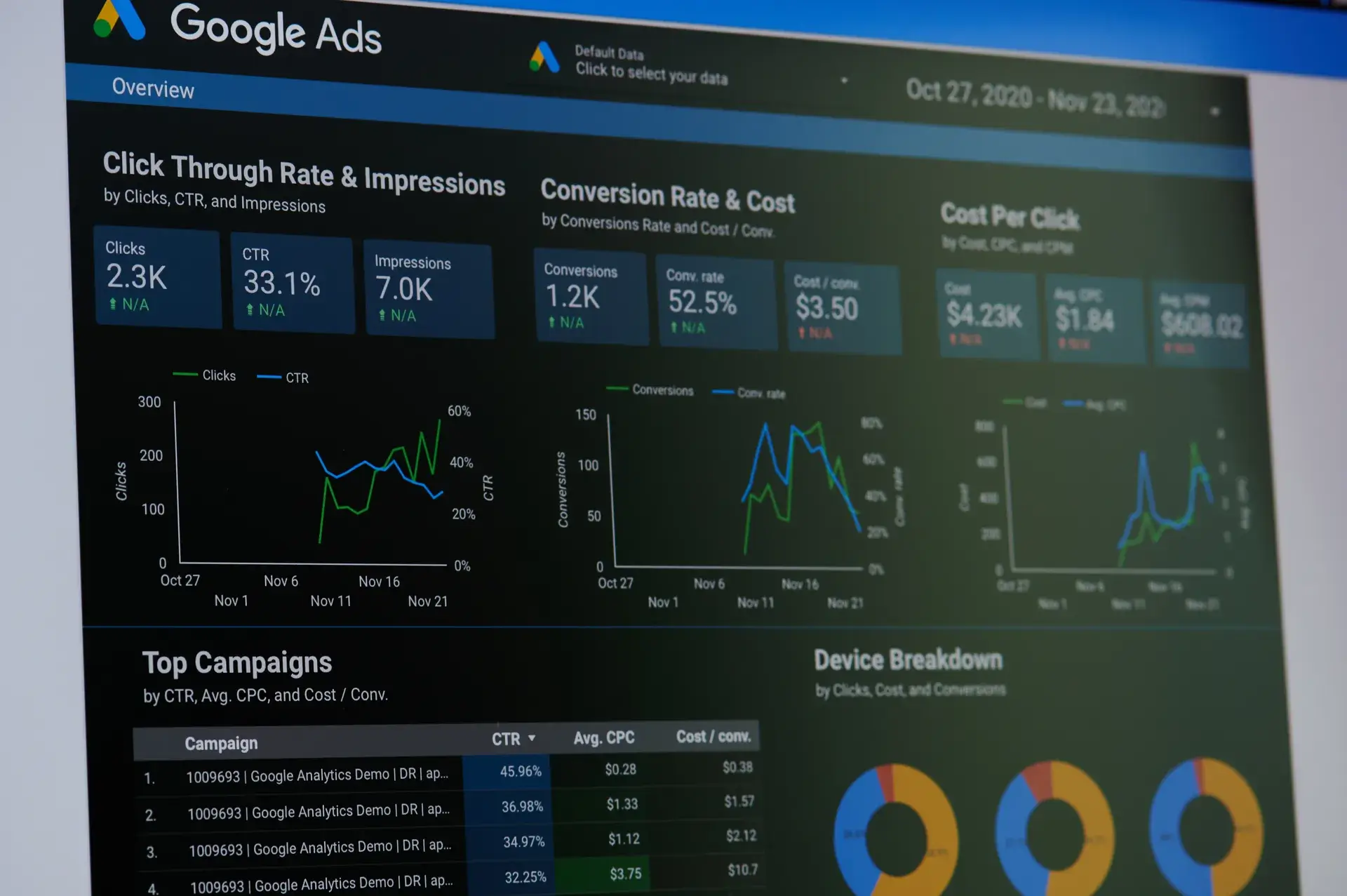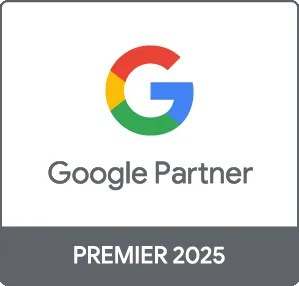In today's competitive digital landscape, optimizing your marketing campaigns is essential for maximizing your return on investment (ROI). Campaign optimization strategies involve tweaking various elements of your marketing efforts to improve performance and achieve better results. In this post, we'll explore actionable strategies that can help you enhance your campaigns and drive significant outcomes.
Understanding Campaign Optimization
Campaign optimization refers to the process of refining your marketing efforts to ensure they reach their full potential. By analyzing data and metrics, you can identify what's working, what needs improvement, and how to allocate your resources more effectively. This will ultimately lead to enhanced performance, increased sales, and better engagement with your target audience.
Key Campaign Optimization Strategies
1. Set Clear Goals and KPIs
Before launching a campaign, it's imperative to define clear goals and key performance indicators (KPIs) that will guide your optimization efforts. SMART goals (Specific, Measurable, Achievable, Relevant, Time-bound) are effective in providing a framework to evaluate your campaign's success.
- Examples of Goals: Increase website traffic by 25% in three months, improve lead generation by 15%, or enhance click-through rates (CTR) by 10%.
2. Utilize A/B Testing
A/B testing, or split testing, allows you to compare two versions of a campaign to see which one performs better. By testing different elements such as subject lines, visuals, or calls-to-action, you can gather data on what resonates most with your audience. Make data-driven decisions based on performance metrics:
- Test Variables: Headlines, images, emails, landing pages, ad copy.
3. Analyze Audience Behavior
Understanding your audience’s behavior is crucial for optimizing your campaigns. Use analytics tools to derive insights about user engagement, demographic information, and preferences:
- Track User Journey: Gain insights into how users interact with your brand, pinpointing drop-off points to refine your messaging.
- Segment Audiences: Tailor content to specific audience segments for more personalized and relevant experiences.
4. Optimize Ad Spend
Monitor your ad spend closely to ensure that you are gaining the most exposure for your investment. Consider the following tactics:
- Adjust Bids: Increase bids for high-performing keywords and reduce them for poorly performing ones.
- Retargeting: Implement retargeting strategies to re-engage users who have previously visited your site.
5. Leverage Multi-Channel Marketing
Employing a multi-channel marketing strategy helps you reach your audience across various platforms and touchpoints. This increases your brand’s visibility and reinforces your messages:
- Social Media: Engage with your audience through targeted posts, ads, and organic content.
- Email Campaigns: Use personalized email marketing to nurture leads and encourage conversions.
6. Measure and Adjust
Regularly measuring your campaign performance data allows you to adjust your strategies based on real-time results. Utilize analytical tools to track the effectiveness of your campaigns:
- Monitor Metrics: Keep track of impressions, clicks, conversions, and return on ad spend for continuous improvement.
- Feedback Loops: Gather feedback from customers and stakeholders to inform future strategy adjustments.
Conclusion
Campaign optimization is an ongoing process that requires constant monitoring, testing, and adjusting to maximize results. By implementing the strategies outlined above, you'll be well on your way to enhancing your marketing campaigns and achieving better ROI. At Prebo Digital, we specialize in optimizing marketing efforts for businesses looking to grow and succeed online. Ready to take your campaigns to the next level? Contact us today!





